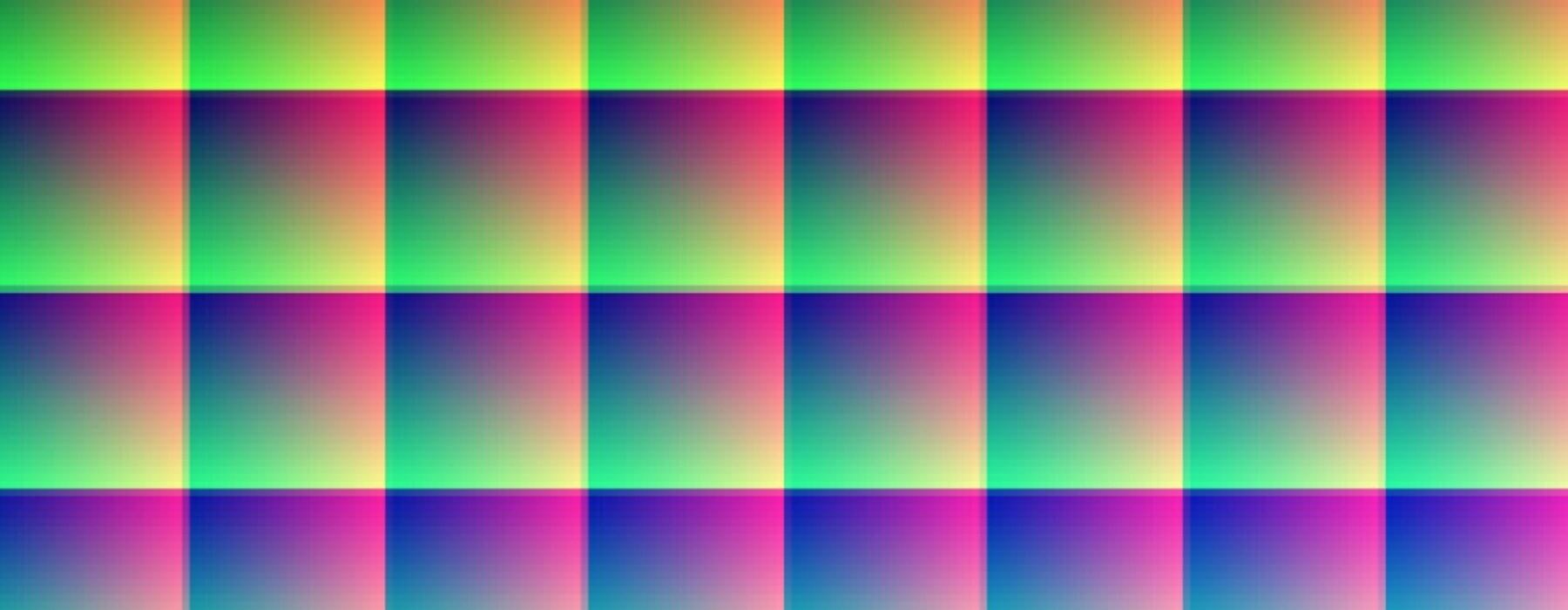The opinions towards LUTs are pretty extreme these days. Either you love them or you hate them. They’re being advertised everywhere. And with the release of each new camera package it seems as though there are loads of new batches available for consumption.
I like LUTs. I don’t use them a ton, but I find them quite effective when I do. My reasoning is pretty simple – if it makes the image better, then it’s not a bad thing. All that really matters in the end is how the image looks, not how you got there. Of course there are good things and bad things about LUTs, just like any other product.
One thing that we have to remember is that LUTs are just math transformations. That’s it. There’s no special secret sauce going on behind the scenes in the algorithm that give the image some amazing newfound qualities. It’s still the same image, just a different starting point. If you take this approach/mindset before using a LUT, it really makes for a very powerful tool.
The most common misinterpretation that I see is from people thinking they’re a fix all. A one stop shop. LUTs are not Instagram filters (although they’re sometime marketed that way). We have to remember they’re just math. They need a proper starting point in order to be effective. If the footage you have doesn’t meet that starting point for the particular LUT you’re looking to use, the image won’t give you what you want to see. You can alter the starting point by working on a node before the LUT is applied, but that can have limitations that are determined by your source footage. In fact, you should always make sure that you can adjust your in point since you don’t want to limit your options and have the LUT make decisions for you that you would otherwise be able to control yourself.
With LUTs now becoming more commonplace there is a lot of junk flooding the market. Quality LUTs are not easy to come by, that’s generally why I create my own. Some of the larger post houses have color science teams that generate custom LUTs per project that do a way better job than I ever could. I’ve seen some of these at work first hand, and they’re quite impressive. Being able to separate the good from the bad is not an easy thing to do since they’re so readily available and relatively inexpensive. Just realizing what you’re looking to accomplish and knowing what kind of footage you generally work with is a step in the right direction. That being said, every project is different, so one size does not fit all.
LUTs are all about creating a look that would be difficult to achieve otherwise. A nice filmic curve or a specific treatment to shadows/highlights can all be achieved in a properly generated LUT. Sometimes LUTs act as a creative spark for me. If I’m stuck on choosing a direction to head for a piece I’m grading, I dig into a library that I have used for past jobs and experiment with different LUTs. I’ll find the things that I like and don’t like about each one and come to an informed decision on which direction to take the piece. I just try to pay attention to what is being done. I’ll study the scopes and look at what is changing and how it’s changing. If they are things I feel like I can implement easily and quickly on my end, then I’ll do it manually. If not, I’ll use a LUT. I also try to pay attention to what is being lost or clipped. If it’s something I can control, then I make sure that I have the ability to manipulate the image how I see fit. I never want the LUT to do something that I can’t undo.
Some looks are more involved and require the mixing of LUTs. Where I generally see something like this is when trying to replicate a unique chemical film bath process like bleach bypass or cross processing. The hard part about mixing LUTs is managing of the intensity of each LUT and how it is effecting the image. Keeping track of that information while knowing what each LUT is doing to the image all plays a role in how they behave up against each other. This is something that I’m currently working on. While I implement this technique from time to time, I am definitely not a master at it. There is always more to learn and I hope to utilize this technique more frequently to come up with some really creative looks.
LUTs are a good thing. They can help stir up some newfound creativity and assist in creating looks that would otherwise be quite difficult to come up with. To me, the big take away from LUTs is that if you understand them and pay attention to what they’re trying to accomplish, then you’ll be able to use them effectively and come up with some beautiful imagery.
